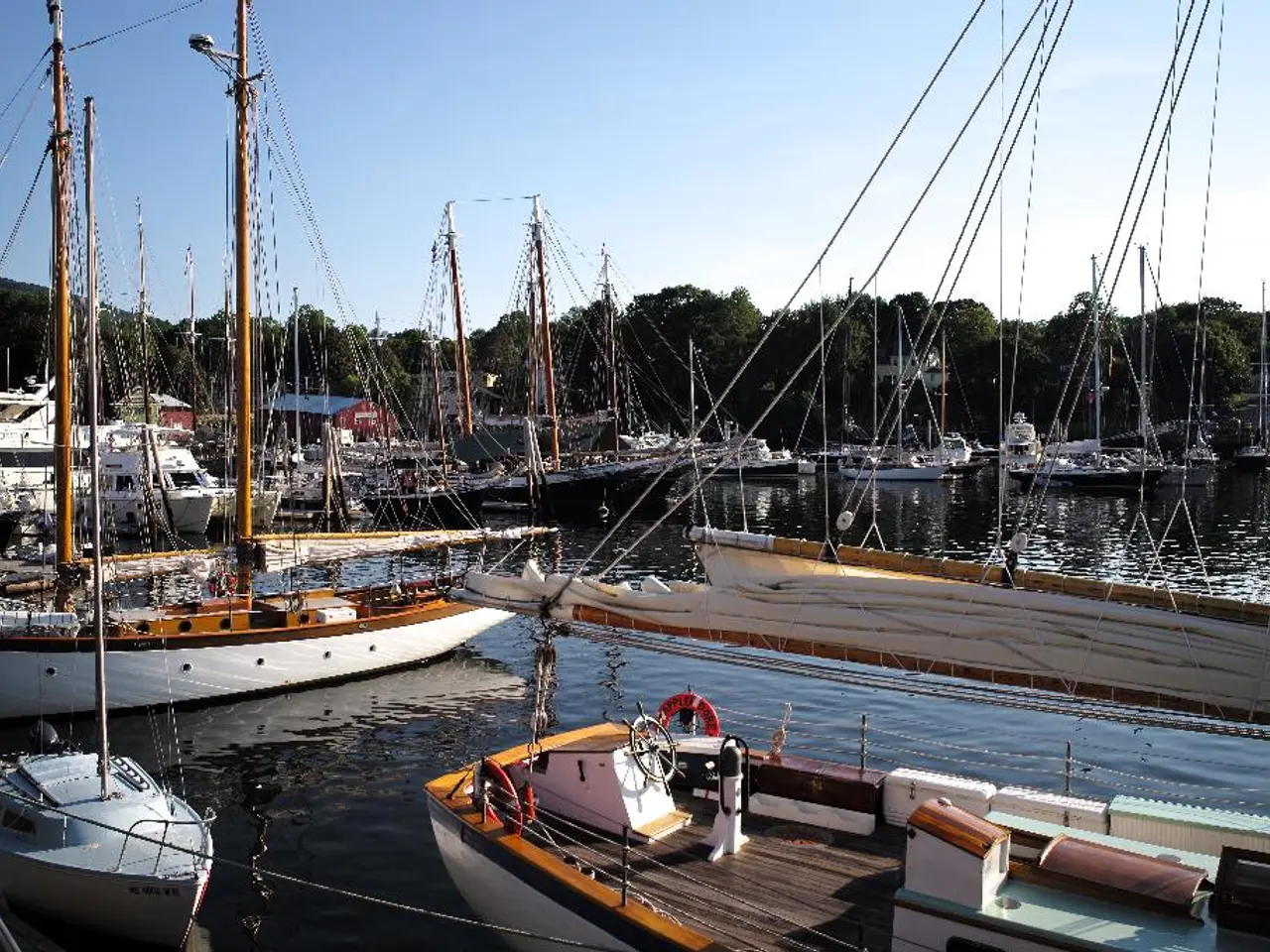Barcelona's Cruise Ship Terminals to Temporarily Shut Down as Measure Against Excessive Tourism
**Barcelona Tackles Overtourism with Comprehensive Plan**
Barcelona, a city renowned for its vibrant culture and historic charm, has been grappling with the challenges posed by overtourism. In response, the city has devised a multi-faceted strategy to balance tourism's economic benefits with the quality of life for residents and environmental sustainability.
**Cruise Terminal Closures and Capacity Reduction**
The plan includes the closure of two cruise terminals at the Moll Adossat port by October 2026, a move that will reduce the city’s cruise passenger capacity by nearly half. This follows an agreement announced in July 2025, which also closed older docks closer to the city center (Muelle Barcelona Norte and Maremagnum) and repurposed them for mixed-use development. The city aims to cap daily cruise passenger capacity at 31,000, down from the current 37,000, representing a 16% reduction. This process is gradual, with the most immediate closures occurring in 2025–2026 and further consolidation planned for 2030.
**Port Modernization and Sustainability**
The three oldest terminals will be demolished and replaced with a single, modern facility by 2033, as part of a €185 million port upgrade. This new terminal will incorporate sustainable technologies, including shore power, allowing ships to connect to the local electrical grid instead of running their engines while docked, reducing air pollution and noise. The redevelopment is framed as part of a broader strategy to increase the sustainability of port operations, aligning with Barcelona’s urban sustainability goals.
**Regulatory Changes: Short-Term Accommodation and Group Tour Policies**
Mayor Jaume Collboni has advocated for raising tourist taxes on cruise passengers, reflecting a broader push to use fiscal tools to manage tourist flows. However, specific changes to short-term rental regulations or group tour management have yet to be detailed. The city’s strategy appears to shift focus from maximizing visitor numbers to promoting a more balanced, higher-quality tourism experience, with less emphasis on mass-market, short-stay visitors (especially from cruise ships).
**Broader Context and Impact**
The measures are a direct response to resident complaints about overcrowding, pollution, and disruption in historic neighborhoods—symptoms of overtourism that have become acute in recent years. Barcelona’s actions mirror those in other European hotspots (e.g., Venice, Amsterdam) that have also taken steps to limit the impact of mass tourism, especially from cruise ships. While the plan will likely dampen immediate economic activity from cruise tourism, the city hopes to achieve a better balance between visitor numbers, local quality of life, and environmental stewardship.
**Summary Table: Key Elements of Barcelona’s Anti-Overtourism Plan**
| Measure | Details | Timeline/Goal | |--------------------------------|----------------------------------------------------------------------------------------------|----------------------------| | Cruise Terminal Closures | Close 2 terminals (Moll Adossat); consolidate to 5 terminals total | By Oct 2026; to 5 by 2030 | | Cruise Passenger Cap | Reduce from 37,000 to 31,000 passengers per day | By 2030 | | Port Modernization | Demolish 3 old terminals, build new sustainable terminal with shore power | New terminal by 2033 | | Sustainable Mobility | Install shore power for docked cruise ships | Ongoing | | Tourist Tax Proposals | Mayor advocates for higher cruise passenger taxes | Under consideration | | Mixed-Use Redevelopment | Repurpose former cruise docks (Maremagnum, Muelle Barcelona Norte) for entertainment, retail | Complete (post-2018) |
**Conclusion**
Barcelona’s plan is notable for its combination of regulatory ambition, infrastructure modernization, and environmental sustainability. By aggressively reducing cruise ship access, modernizing port facilities, and integrating sustainable technologies, the city aims to become a model for managing tourism while protecting its residents and heritage. While details on short-term rental and group tour policies remain less clear, the city’s focus on cruise tourism—a major source of overtourism—demonstrates a clear commitment to structural change.
- The closure of two cruise terminals in Barcelona will reduce the city's cruise passenger capacity by nearly half, a move aimed at balancing the economic benefits of tourism with the quality of life for residents and environmental sustainability.
- Barcelona has advocated for raising tourist taxes on cruise passengers, one of the fiscal tools the city is using to manage tourist flows, focusing on promoting a more balanced, higher-quality tourism experience.
- As part of a broader strategy to increase the sustainability of port operations, the city is modernizing its port with a €185 million upgrade, including the construction of a new, sustainable terminal with shore power to reduce air pollution and noise.
- In response to resident complaints about overcrowding, pollution, and disruption in historic neighborhoods, Barcelona has devised a plan that mirrors those in other European hotspots, such as Venice and Amsterdam, aiming to limit the impact of mass tourism, especially from cruise ships.
- The measures in Barcelona's anti-overtourism plan, which include regulatory changes, infrastructure modernization, and environmental sustainability initiatives, aim to make the city a model for managing tourism while protecting its residents and heritage.




